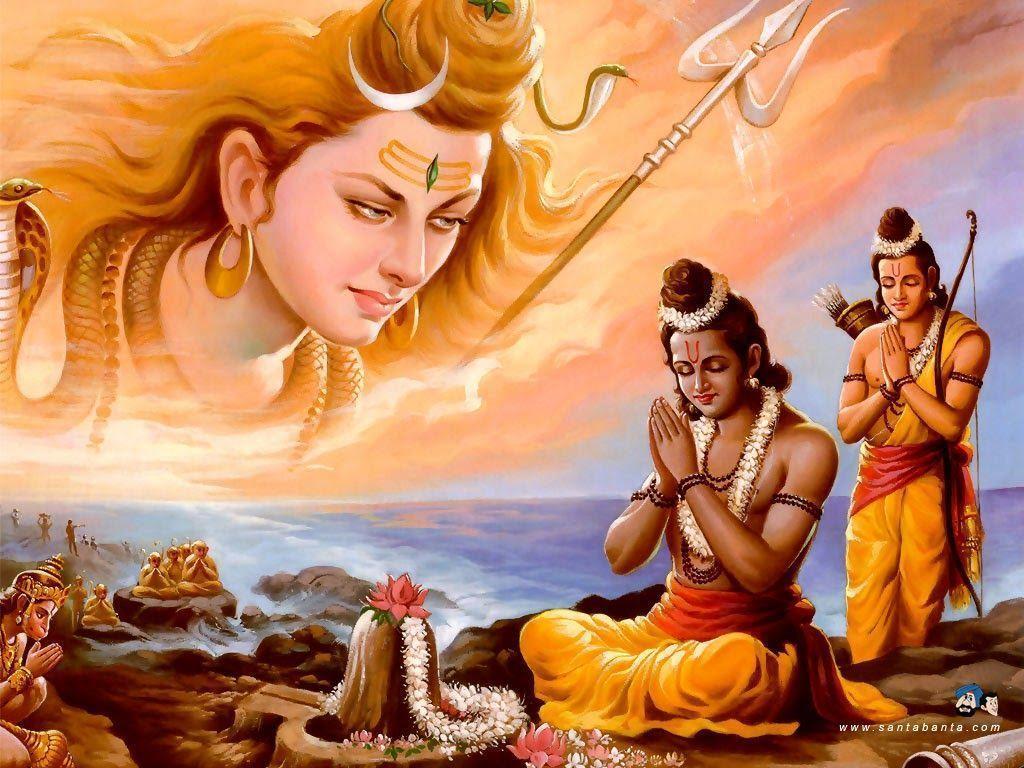The Origin of the Valmiki Ramayanam : 2. Swami Krishnananda
30/03/2019
2.
This is the meaning of this Sanskrit style. You can juxtapose the words this way or that way. In one way it is a death-bringing curse, and arranged in another way the very same words mean glory to Adinarayana. O abode of Mahalakshmi, may you be glorified forever and ever. Why? Yat krouncha mithunadekam sokam avadhim kama mohitam: Because you have been a conduit for bringing an end to Ravana, who was attached in a sensuous manner to objects. You brought an end to this crude way of living. May you live long. May you live long. May your glory be immortalised, O Narayana, the abode of Lakshmi.
“O, you have uttered these words?” Brahma immediately said, “You have started the glory of Rama, incarnation of Narayana, who came to end this tyranny of Ravana. I ordain you to write the whole epic Ramayana story from now onwards, commencing with this great glorification of Narayana.
There is also a secret behind the Adi Kavya Ramayana, which is for every thousand verses, the first verse commences with one letter of the Gayatri mantra. Tapah svadhyaya nirataam tapasvi vagvidam varam, naradam paripapracha valmikih muni pumgavam is the first verse. ‘Ta’ is the first letter. Tat savitur varenyam is how the Gayatri commences; and the next one thousand verses starts with the next letter of Gayatri. The twenty-four thousand verses of the Valmiki Ramayana have hiddenly, within them, at every thousandth verse, a letter of the Gayatri mantra. These verses are sometimes culled out separately as Gayatri Ramayana, and devotees recite it every day.
Valmiki Ramayana is a wondrous, immortal epic with a wondrous, immortal message. May God bless you!
THE END.





Comments
Post a Comment